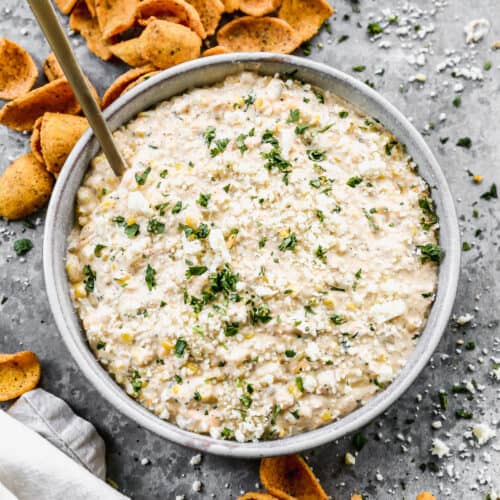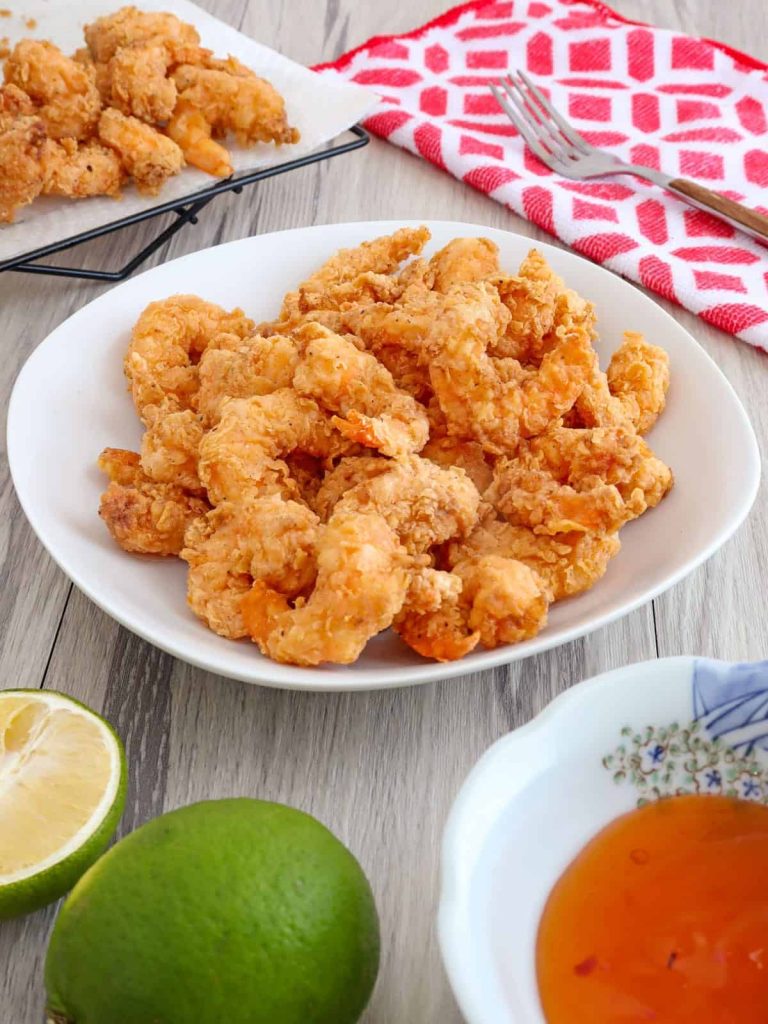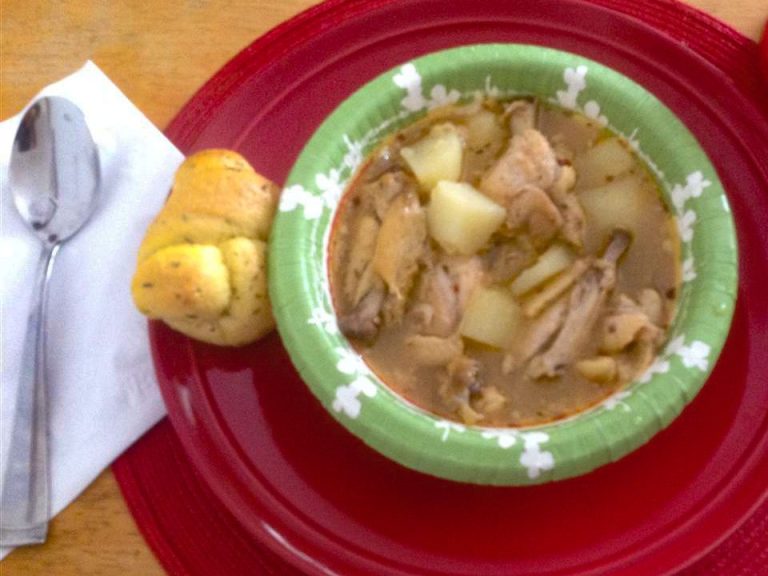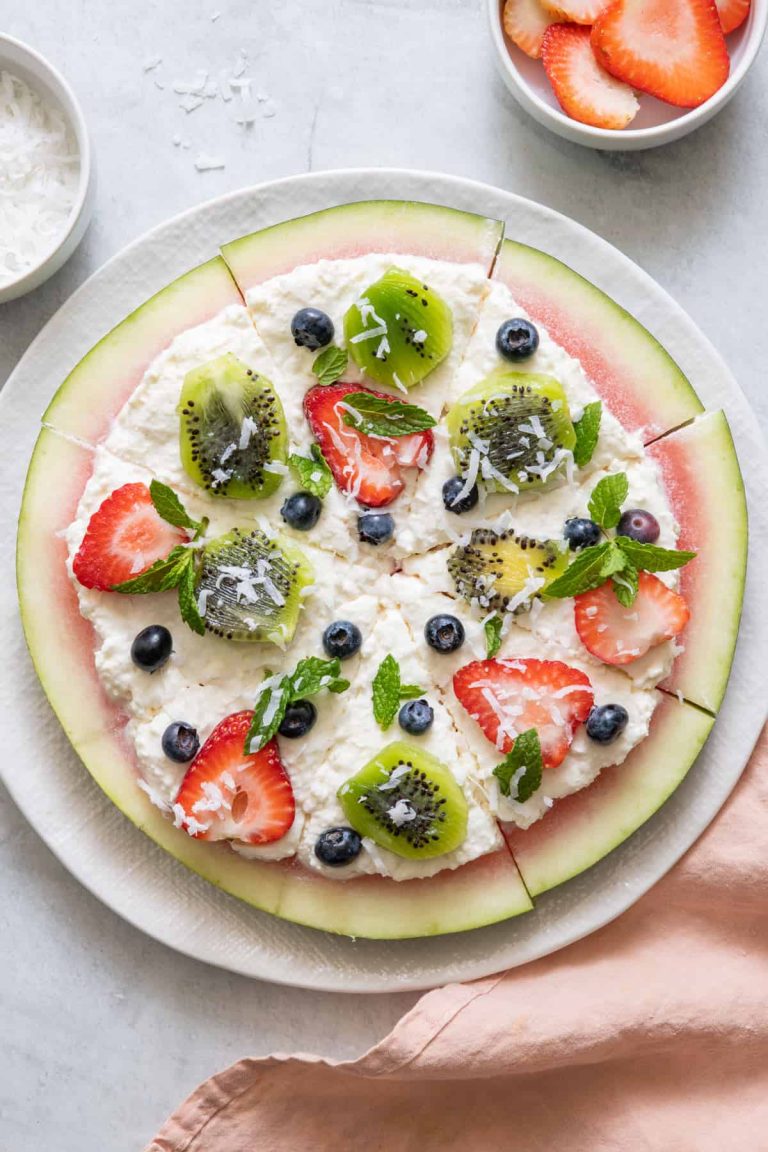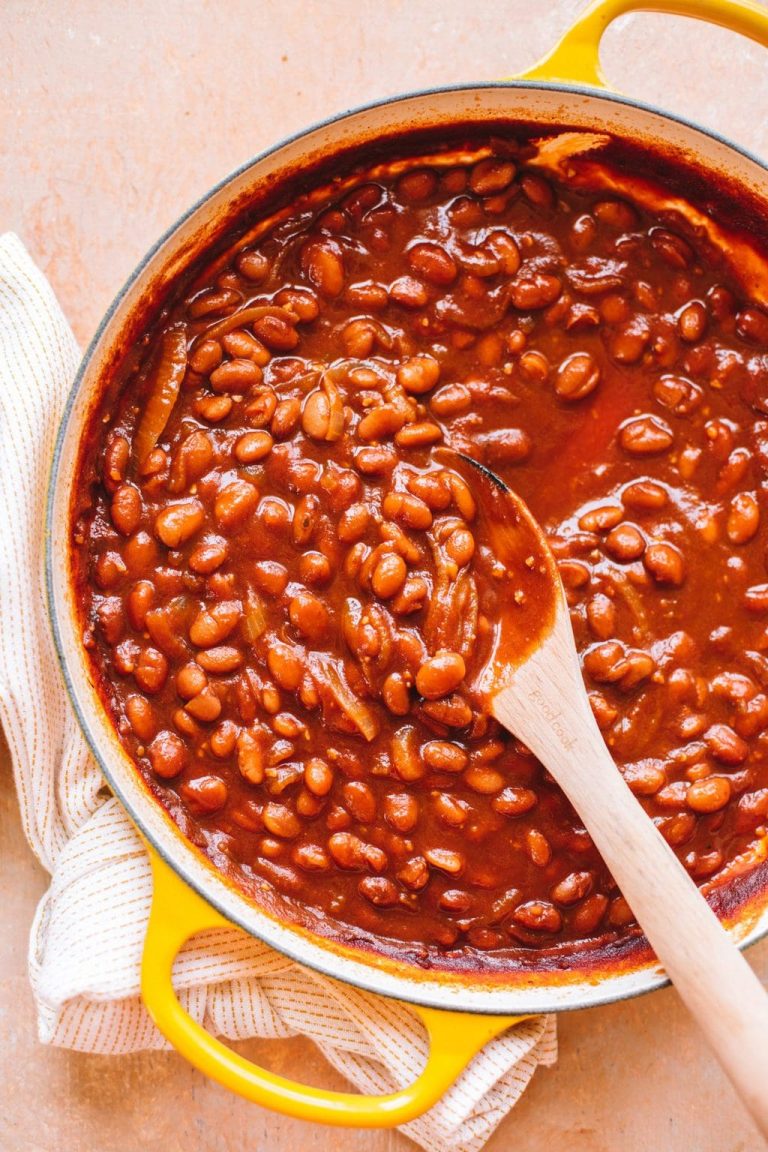Orange Meringue Pie: History, Regional Twists, and Perfect Recipe Tips
Orange meringue pie traces its roots back to the early 20th century. Initially, home bakers experimented with citrus fruits to create variations of the classic lemon meringue pie. Oranges became a favorite choice because of their natural sweetness and refreshing flavor. This dessert gained popularity during the 1920s and 1930s in the United States, as oranges became more widely accessible thanks to advances in transportation and refrigeration. Cookbooks from this era began to include recipes for orange-flavored desserts, cementing the pie’s place in American baking traditions.
Regional Variations
Different regions in the United States put their unique spin on orange meringue pie. In Florida, known for its citrus orchards, bakers often use freshly squeezed orange juice to enhance the pie’s zest. In California, which also has a strong citrus industry, variations might incorporate orange zest into the meringue itself, adding a subtle orange aroma to the topping. Some Southern states add a twist by infusing the filling with a splash of vanilla or almond extract, giving the dessert a richer flavor profile. These regional differences create a diverse range of tastes and textures, making each orange meringue pie unique.
Key Ingredients to Prepare Orange Meringue Pie
Importance of Fresh Oranges
Fresh oranges are crucial for preparing orange meringue pie. Fresh oranges deliver the most vibrant flavor and natural sweetness. Freshly squeezed orange juice provides the core flavor foundation for the pie filling, ensuring it tastes bright and zesty. Orange zest, taken from the peel, adds concentrated citrus oils that intensify the overall taste. Using fresh oranges avoids the artificial taste that often comes from bottled juice or pre-packaged zest.
Choosing the Right Type of Meringue
Selecting the right type of meringue is essential for achieving the ideal texture and stability in your pie. Swiss meringue, created by warming sugar and egg whites over a water bath before whipping, is chosen for its smooth texture and excellent stability. For a lighter texture, French meringue, made by whipping raw egg whites with sugar, offers a more straightforward but delicate option. Both types ensure a fluffy, glossy topping that complements the vibrant orange filling below.
Step-by-Step Recipe for Orange Meringue Pie
Preparing the Crust
Start by combining 1.5 cups of crushed graham crackers, 0.25 cup of granulated sugar, and 6 tablespoons of melted butter. Mix until the texture resembles wet sand. Press the mixture evenly into a 9-inch pie dish, ensuring the crust covers the bottom and sides firmly. Bake at 350°F (175°C) for 10 minutes until lightly golden. Let it cool completely before adding the filling.
Making the Orange Filling
Whisk together 1 cup of freshly squeezed orange juice, zest from 2 oranges, 0.75 cup of granulated sugar, 0.25 cup of cornstarch, and a pinch of salt in a saucepan. Cook over medium heat, stirring constantly until the mixture thickens and bubbles. Reduce the heat and cook for an additional 2 minutes. Remove from heat and stir in 4 egg yolks, one at a time, to prevent curdling. Add 2 tablespoons of butter and 1 teaspoon of vanilla extract, mixing until smooth. Pour the filling into the cooled crust and set aside.
Creating the Perfect Meringue
Beat 4 egg whites with a mixer on medium speed until foamy. Gradually add 0.5 cup of granulated sugar, 1 tablespoon at a time, beating until stiff peaks form. Spread the meringue over the orange filling, sealing the edges to prevent shrinking during baking. Bake at 350°F (175°C) for 10-12 minutes until the meringue is golden brown. Cool the pie for at least 2 hours before serving to ensure the filling sets properly.
Tips and Tricks for the Best Outcome
Avoiding Common Baking Pitfalls
Ensure sugar is fully dissolved when making meringue, or you’ll get a grainy texture. Use room temperature eggs for better volume when whipping meringue. Avoid any fat traces in the bowl or on utensils, as even a small amount can prevent the meringue from forming stiff peaks. Gradually add sugar to egg whites to maintain stability. Bake the pie in the center of the oven at a consistent temperature. Sudden changes might cause the meringue to deflate or weep. Let your filling cool slightly before topping it with meringue to prevent it from sliding off.
Storage and Serving Suggestions
Store your orange meringue pie in the refrigerator. Cover it loosely with plastic wrap to avoid crushing the delicate meringue topping. Consume within 2-3 days to ensure freshness. For serving, use a sharp, non-serrated knife to cut clean slices. Rinse the knife with warm water between cuts to prevent the meringue from sticking. Serve chilled or at room temperature, but avoid leaving it at room temperature for extended periods to maintain its structure and taste.
Conclusion
Orange meringue pie is a delightful twist on the classic lemon version, offering a refreshing burst of citrus flavor. By using fresh oranges and carefully preparing each component, you can create a pie that’s both visually stunning and delicious. Whether you opt for the stability of Swiss meringue or the lightness of French meringue, the result will be a dessert that impresses. Remember to follow the tips for the best outcome, and store your pie properly to maintain its freshness. Enjoy this vibrant and zesty treat that showcases the best of what oranges have to offer.

